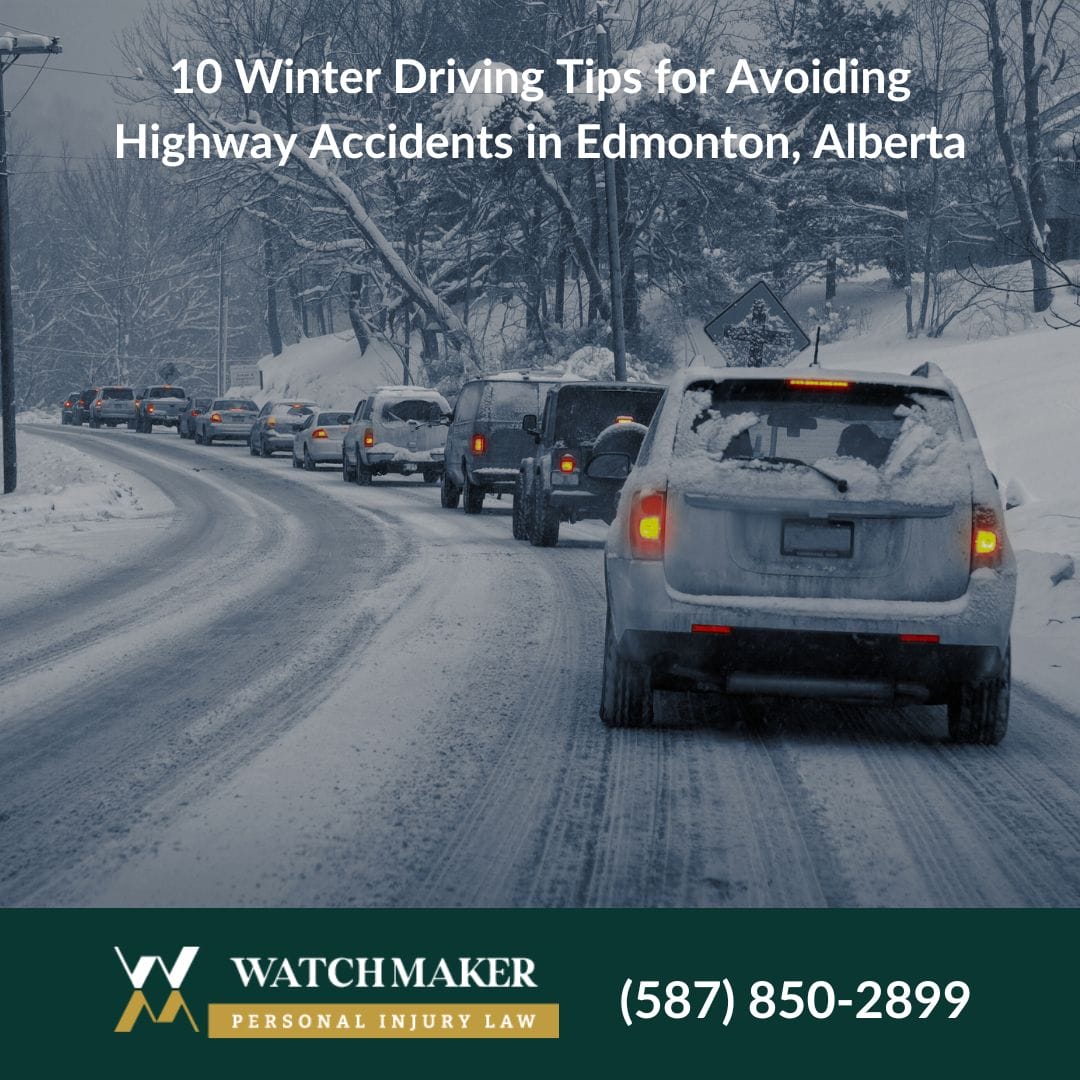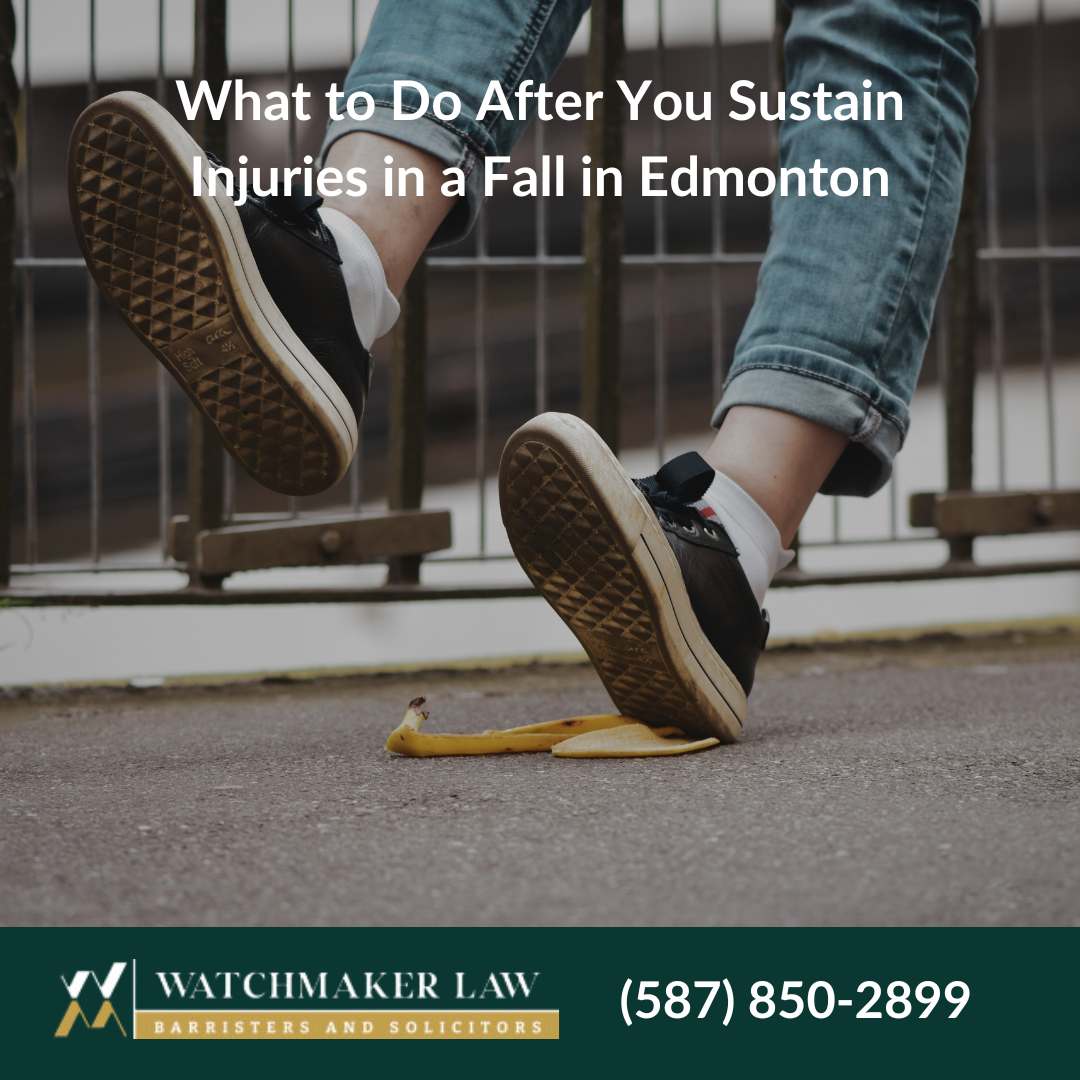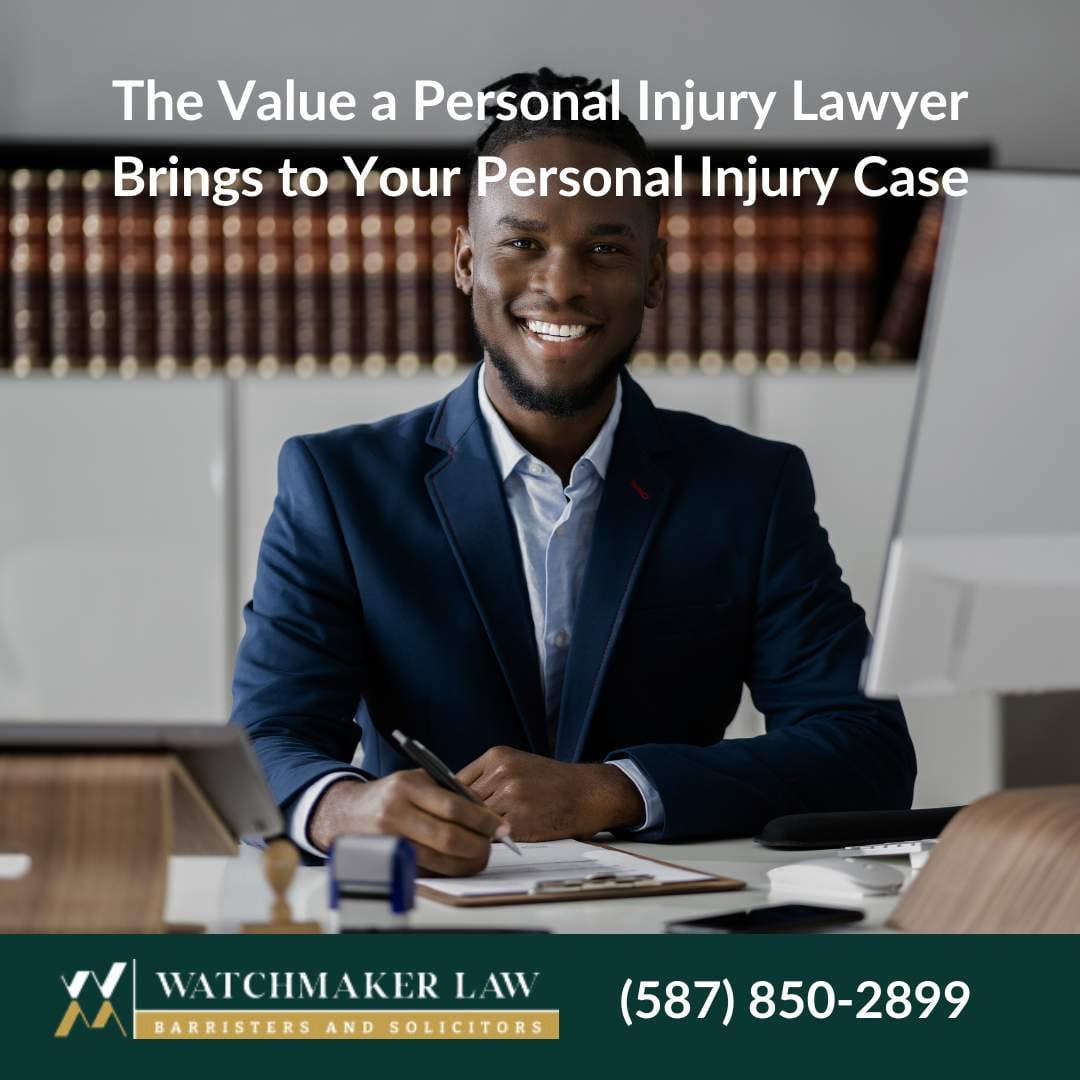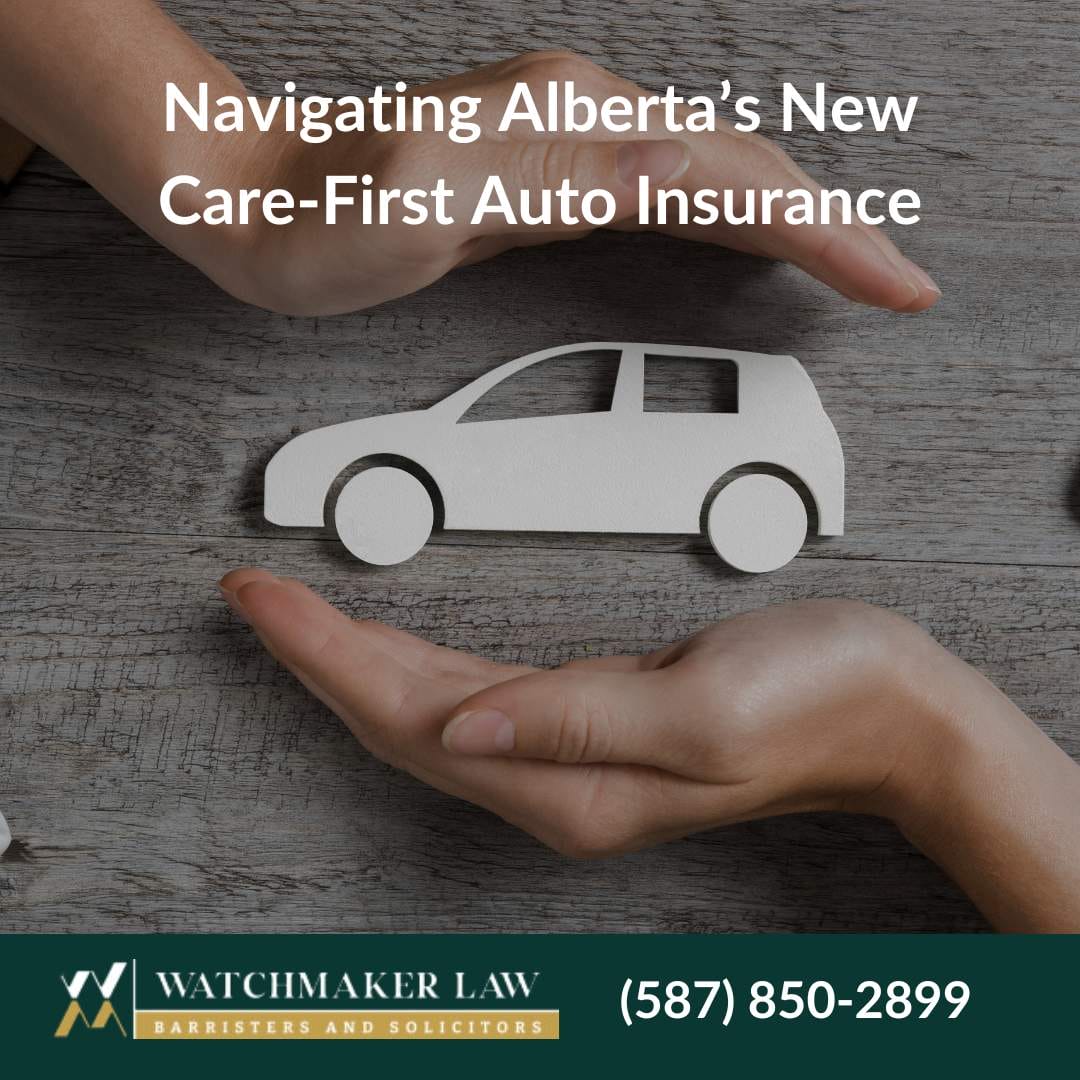Winter driving in Edmonton, Alberta, can be challenging, with icy roads, heavy snowfall, and reduced visibility adding layers of risk to travel. With careful preparation and defensive driving habits, you can reduce the likelihood of accidents. Additionally, in the unfortunate event of a collision, Watchmaker Injury Law, founded by David Sowemimo, provides valuable legal support for those impacted. Here’s a comprehensive guide with ten essential winter driving tips for safe highway travel in Edmonton and advice on the assistance available from Watchmaker Injury Law in Edmonton, Alberta.
1. Prepare Your Vehicle Before the Winter Season
Proper vehicle maintenance is a must before winter sets in. Make sure your car’s battery, brakes, lights, and exhaust systems are all in good working order. Install winter tires, as they provide better traction on snow and ice-covered roads. Keep windshield wipers and fluid full, and carry an emergency kit that includes blankets, food, and a flashlight. Having a well-maintained vehicle can prevent accidents and ensure you’re ready for winter challenges.
2. Check the Weather Forecast and Road Conditions
Alberta’s winter weather can change rapidly. Before you hit the road, check weather reports and road conditions for your route. Alberta’s 511 road conditions site and app provide real-time updates on highway conditions and advisories. If severe weather is predicted, delay travel if possible. Staying informed allows you to make safe choices and avoid potentially dangerous driving conditions.
3. Reduce Speed and Increase Following Distance
Winter driving demands slower speeds and longer distances between vehicles. On icy roads, a vehicle requires more time to come to a stop, so allow at least six to eight seconds of following distance. Reduce your speed based on road conditions to maintain better control of your vehicle. Slower speeds and ample following distances will give you more time to react to sudden road hazards.
4. Avoid Sudden Movements
Rapid braking, accelerating, or turning can cause your vehicle to skid on icy roads. Instead, apply the gas and brakes gradually, and make gentle turns. This reduces the chances of losing control, especially when roads are slippery. Practicing smooth driving techniques helps maintain traction and stability.
5. Use Your Headlights
Visibility can be poor in snow and fog, so using your headlights, even during the day, helps you see and be seen. Ensure your headlights, taillights, and turn signals are all functioning correctly and clear of snow before starting your journey. Better visibility aids not only your own driving but also helps others see you, reducing the risk of collisions.
6. Stay in Your Lane
Avoid unnecessary lane changes on snowy or icy roads. Changing lanes can increase the risk of hitting an icy patch or losing control. Snow and ice tend to accumulate between lanes, making transitions potentially hazardous. Remaining in your lane reduces the likelihood of skidding and keeps you safer on the highway.
7. Brake and Accelerate Gently
Braking too hard on icy surfaces can lead to loss of control. Instead, use steady, gentle pressure on the brake pedal, especially when approaching intersections or stopping areas. Similarly, apply gentle acceleration when starting from a stop to avoid wheel spin. This controlled approach helps prevent sliding and maintains traction, especially on icy roads.
8. Avoid Cruise Control on Icy Roads
While cruise control can be helpful in normal conditions, it’s risky on snowy or icy roads. If your car begins to skid while on cruise control, it will try to maintain speed, potentially worsening the skid. By turning off cruise control, you retain full control of the vehicle’s speed, making it easier to adjust to changing conditions as needed.
9. Be Cautious on Bridges and Overpasses
Bridges and overpasses freeze faster than other road surfaces, creating slippery sections that can catch drivers off guard. As you approach these areas, reduce speed and avoid sudden steering or braking. Driving with extra care on these surfaces can prevent unexpected skids and maintain your vehicle’s stability.
10. Stay Calm in a Skid
If your vehicle begins to skid, try to stay calm. Avoid braking or accelerating, and steer gently in the direction you want the vehicle to go. This technique, known as “steering into the skid,” helps you regain control and can prevent the situation from worsening. Panicking or making sudden moves can lead to overcorrection, increasing the risk of an accident.
Support from Watchmaker Injury Law for Winter Accident Cases
Despite your best efforts, accidents may still happen, especially given the unpredictability of winter road conditions. In such cases, having a knowledgeable legal partner like Watchmaker Injury Law can be invaluable. Founded by David Sowemimo, Watchmaker Injury Law specializes in helping accident victims navigate the aftermath of collisions. Here’s how they can assist:
- Expert Legal Advice – Watchmaker Injury Law provides personalized consultations to help accident victims understand their legal options and rights. Whether you are facing medical bills, loss of income, or personal injuries, they offer guidance on the best legal path.
- Insurance Claim Assistance – Navigating insurance claims can be complex and frustrating, especially when facing injury or vehicle damage. The firm can negotiate with insurance companies to ensure you receive fair compensation, handling the administrative aspects so you can focus on recovery.
- Comprehensive Representation – If a fair settlement isn’t reached, Watchmaker Injury Law is prepared to represent you in court. Their team handles all aspects of litigation, aiming to secure compensation for medical expenses, lost wages, and other losses incurred from the accident.
- No Upfront Fees – The firm operates on a contingency fee basis, meaning they only get paid if you win your case. This structure ensures that you can pursue legal help without added financial stress.
- Experience in Edmonton’s Winter Driving Cases – David Sowemimo and his team understand the unique hazards posed by Alberta’s winter driving conditions. Their experience with winter accident cases equips them to handle the specific factors involved in these incidents.
In summary, safe driving practices are essential for navigating Edmonton’s winter roads, but even the most cautious drivers can encounter unexpected hazards. In the event of a motor vehicle accident, or motorcycle accident having the support of experienced injury lawyers like those at Watchmaker Injury Law can provide peace of mind and practical help in securing fair compensation. Follow these winter driving tips, stay prepared, and know that legal support is available if you need it.



